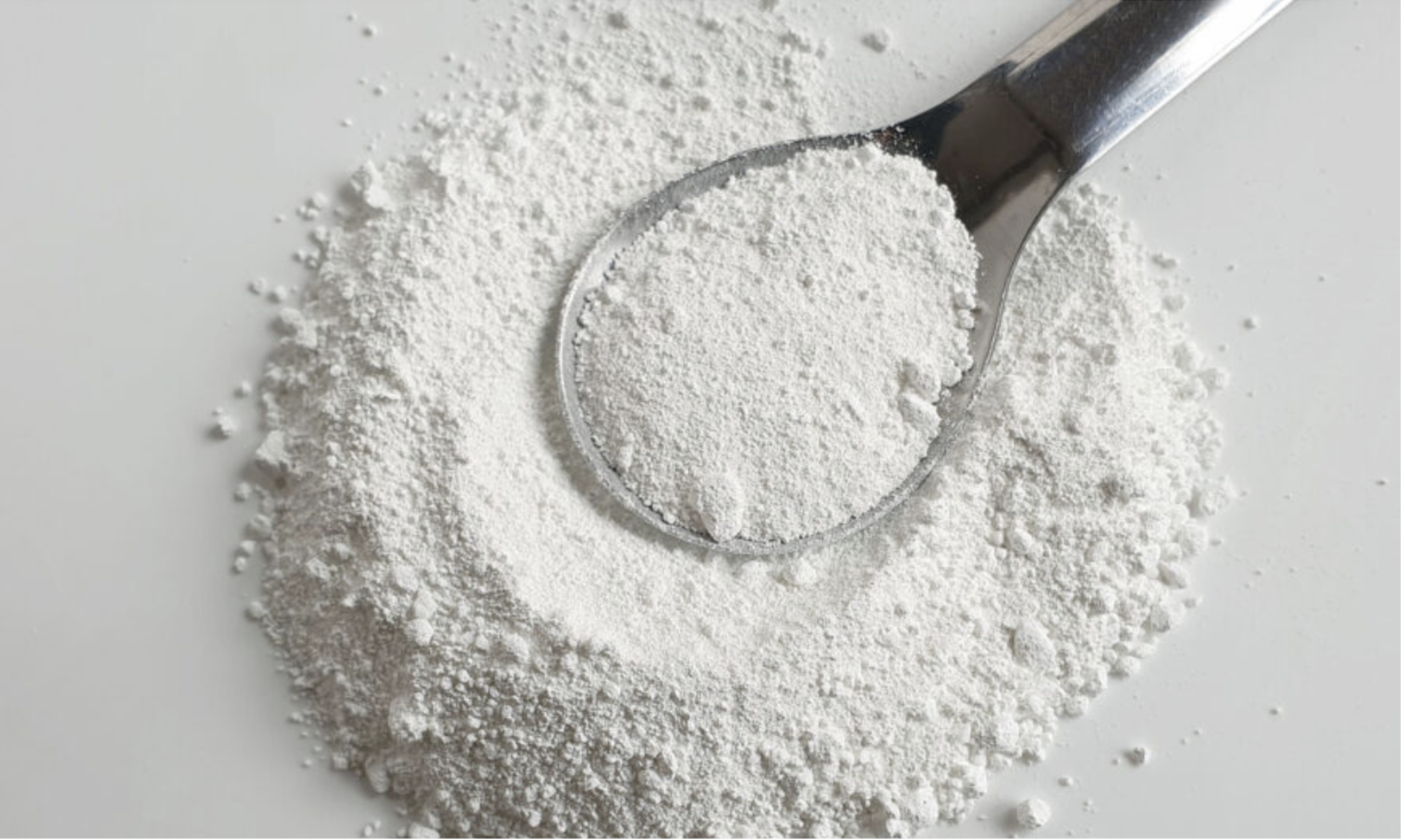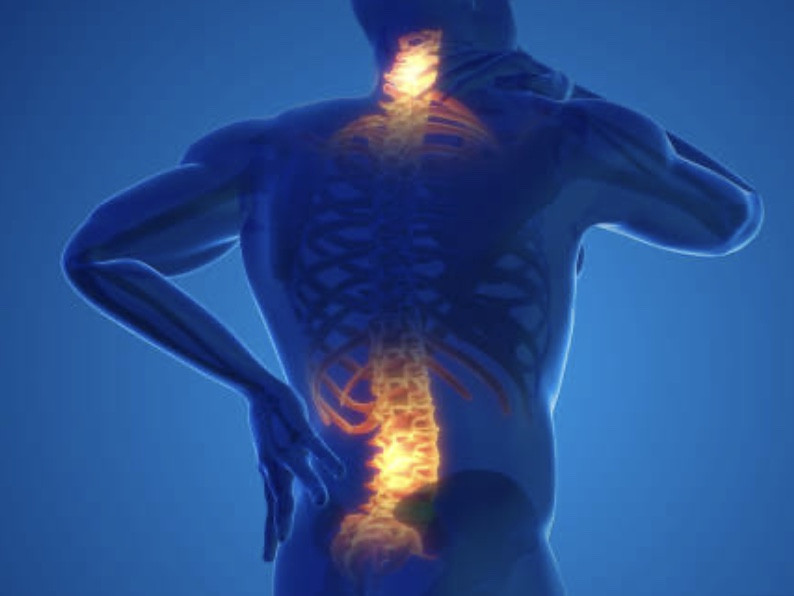
I love to eat Skittles…a lot, but recently heard that Skittles contains a potential carcinogen called “titanium dioxide” so I decided to put my Skittles down and do some research about the ingredients of Skittles.
You see I just enjoyed the taste and ASSUMED because they are candy, they’re somewhat safe to eat in moderation. After all the FDA did not ban them, right?
Well after doing this research, I have now decided to kick “Skittles Out of the Rainbow….a sarcastic nod to their advertising campaign.
Here is why…using a Question & Answer format!
1. What is the toxin and potential carcinogen found in Skittles?
Skittles contain several additives, such as hydrogenated vegetable oil, which can increase the risk of heart disease, and titanium dioxide, which can potentially cause damage to intestinal cells and negative effects on the immune system.

2. What is Titanium Dioxide and what products can you find it in?
Titanium Dioxide (TiO2) is a naturally occurring mineral in rocks and soil. It's widely used in a variety of industries, including paints, cosmetics, and food. In food, it's used as a whitening agent to enhance the appearance of certain products, such as candies, cake icing, and sauces.
Other examples of foods that may contain titanium dioxide:
Candy: Candy coatings are often made shiny and colorful by adding titanium dioxide.
Gum: Many types of chewing gum contain titanium dioxide.
Baked goods: Titanium dioxide is frequently added to baked goods like bread and pastries to enhance their texture and appearance.
Dairy products: Titanium dioxide is sometimes used as a whitening agent in some types of yogurts, cheese, and low-fat milk.
Condiments: Titanium dioxide is sometimes used to add creaminess to sauces, such as mayonnaise and salad dressing.
3. What are the dangers of Titanium Dioxide?
Some of the potential dangers associated with consuming titanium dioxide are:
- Oxidative Stress: Studies have shown that titanium dioxide can cause oxidative stress in the body. This means there are too many unstable molecules called free radicals in the body and not enough antioxidants to get rid of them This can lead to cell damage, inflammation, and chronic diseases such as cancer, diabetes, and neurodegenerative disorders.
- Intestinal Cell Damage: Studies have found that titanium dioxide nanoparticles can damage the cells lining the intestine, disrupting the intestinal barrier and potentially causing inflammation and other health issues.
- Negative Effects on the Immune System: Exposure to titanium dioxide has been linked to changes in the immune system, such as decreased activity of immune cells and increased production of pro-inflammatory cytokines. Cytokine is a type of protein that is made by certain immune and non-immune cells and influences the immune system to help fight cancers, infections, and other diseases.
- Potential Carcinogenicity: Some animal studies have suggested that titanium dioxide may be carcinogenic.
4. How do I know a product contains Titanium Dioxide…like Skittles?
When manufacturers add titanium dioxide to foods and other ingestible products, it’s typically referred to as E171, which relates to food-grade purity. While it’s always a good idea to check the label, just know that the FDA doesn’t require food makers to list titanium dioxide by name on an ingredient list. The agency makes this exception for several approved color additives. Instead, titanium dioxide could be listed as:
- Artificial colors
- Artificial color added
5. What can I do to minimize the impact of Titanium Dioxide?
Outside of total elimination, the main action item would be to “Read Ingredient Labels Carefully”! Titanium dioxide (E171) may be listed as an ingredient in food products, so it's important to read labels carefully. Look for products that don't contain this additive or choose products that contain less of it.
6. What else should lead me to kick Skittles out of the Rainbow?
Skittles is candy, right? So, I would lump all candies as having a negative impact on your health because of:
- High Sugar Content: Skittles are high in sugar, which can cause weight gain, increase the risk of developing type 2 diabetes, heart disease, and other health problems.
- Artificial Colorings: Skittles contain artificial colorings, such as Red 40, Yellow 6, and Blue 1, which have been linked to hyperactivity in children and may also cause allergic reactions in some people.
- Dental Health: The high sugar content and acidity of Skittles can increase the risk of tooth decay and other dental problems.
- Obesity: Eating Skittles frequently can lead to overconsumption of calories and contribute to obesity, which increases the risk of several health problems, including heart disease, stroke, and diabetes.
Conclusion
While titanium dioxide is a common additive found in many processed foods, there are concerns about its potential dangers, especially when consumed in large amounts. As a concerned parent, it's important to be aware of these dangers and take steps to reduce your family's exposure.
It is important to note that consuming Skittles in moderation is unlikely to cause significant harm. However, as with any food, overconsumption can lead to negative health effects. It's recommended to limit the intake of Skittles and other high-sugar, high-calorie foods and to maintain a balanced diet to support overall health.
So, even though it will be hard to do, I have decided to “Kick Skittles out of the Rainbow”!
What would you do?
Research Resources:















